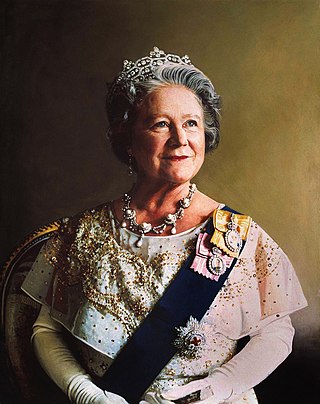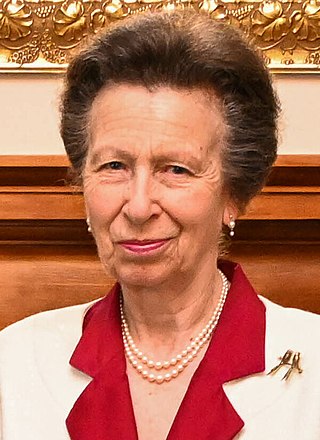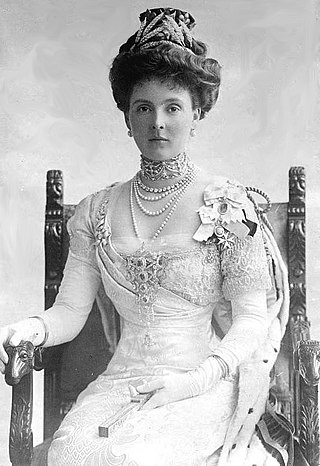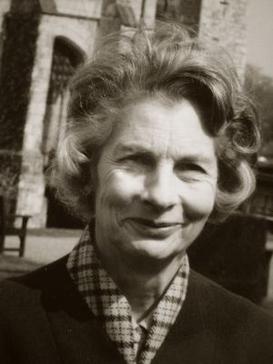
Buckingham Palace is a royal residence in London, and the administrative headquarters of the monarch of the United Kingdom. Located in the City of Westminster, the palace is often at the centre of state occasions and royal hospitality. It has been a focal point for the British people at times of national rejoicing and mourning.

Princess Margaret, Countess of Snowdon was the younger daughter of King George VI and Queen Elizabeth The Queen Mother. She was the younger sister and only sibling of Queen Elizabeth II.

Elizabeth Angela Marguerite Bowes-Lyon was Queen of the United Kingdom and the Dominions of the British Commonwealth from 11 December 1936 to 6 February 1952 as the wife of King George VI. She was concurrently the last Empress of India until the British Raj was dissolved in August 1947. After her husband died, she was officially known as Queen Elizabeth The Queen Mother, to avoid confusion with her daughter Queen Elizabeth II.

George VI was King of the United Kingdom and the Dominions of the British Commonwealth from 11 December 1936 until his death on 6 February 1952. He was also the last Emperor of India from 1936 until the British Raj was dissolved in August 1947, and the first head of the Commonwealth following the London Declaration of 1949.

Prince Philip, Duke of Edinburgh, was the husband of Queen Elizabeth II. As such, he was the consort of the British monarch from his wife's accession on 6 February 1952 until his death in 2021, making him the longest-serving royal consort in history.

Anne, Princess Royal is a member of the British royal family. She is the second child and only daughter of Queen Elizabeth II and Prince Philip, Duke of Edinburgh, and the only sister of King Charles III. Anne was born 3rd in the line of succession to the British throne and is now 17th, and has been, since 1987, Princess Royal, a title held for life.

The House of Windsor is a British royal house, and currently the reigning house of the United Kingdom and the other Commonwealth realms. The royal house's name was inspired by the historic Windsor Castle estate. Since it was founded in 1917, there have been five British monarchs of the House of Windsor: George V, Edward VIII, George VI, Elizabeth II, and Charles III. The children and male-line descendants of Queen Elizabeth II and Prince Philip also genealogically belong to the House of Oldenburg since Philip was by birth a member of the Glücksburg branch of that house.

Mark Anthony Peter Phillips is an English Olympic gold medal-winning horseman for Great Britain and the first husband of Anne, Princess Royal, with whom he has two children. He remains a leading figure in British equestrian circles, a noted eventing course designer, and a columnist for Horse & Hound magazine.

Princess Alexandra, The Honourable Lady Ogilvy, is a member of the British royal family. Queen Elizabeth II and Alexandra were first cousins through their fathers, King George VI and Prince George, Duke of Kent. Alexandra's mother Princess Marina of Greece and Denmark was also a first cousin of the Queen's husband Prince Philip, Duke of Edinburgh.

Princess Alice, Countess of Athlone was a member of the British royal family. She was one of the longest-lived British royals. Princess Alice was the chatelaine of Rideau Hall in Ottawa from 1940 until 1946, while her husband Alexander Cambridge, 1st Earl of Athlone, served as Governor General of Canada.

Princess Louise, Duchess of Argyll was the sixth child and fourth daughter of Queen Victoria and Prince Albert.

Clarence House is a royal residence on The Mall in the City of Westminster, London. It was built in 1825–1827, adjacent to St James's Palace, for the royal Duke of Clarence, the future King William IV.

Pall Mall is a street in the St James's area of the City of Westminster, Central London. It connects St James's Street to Trafalgar Square and is a section of the regional A4 road. The street's name is derived from pall-mall, a ball game played there during the 17th century, which in turn is derived from the Italian pallamaglio, literally "ball-mallet".
Brigadier Andrew Henry Parker Bowles is a retired British Army officer. He is the former husband of Queen Camilla, now the wife of King Charles III.

Cynthia Ellinor Beatrix Spencer, Countess Spencer was a British peeress and the paternal grandmother of Diana, Princess of Wales.

Irene Astor, Baroness Astor of Hever was an English philanthropist and member of the Astor family. Her philanthropic contributions included being chairman of the Sunshine Fund for Blind Children from 1947 to 1989, during which she raised over £14 million and she served as vice president of the Royal National Institute for the Blind from 1977 to her death in 2001.

Elizabeth II was Queen of the United Kingdom and other Commonwealth realms from 6 February 1952 until her death in 2022. She was queen regnant of 32 sovereign states over the course of her lifetime and remained the monarch of 15 realms by the time of her death. Her reign of over 70 years is the longest of any British monarch, the longest of any female monarch, and the second longest verified reign of any monarch of a sovereign state in history.

Villa Guardamangia, formerly known as Casa Medina and sometimes referred to as Casa Guardamangia, is a 16,791 square feet (1,559.9 m2) townhouse in Gwardamanġa, Pietà, Malta, which served as the residence of Princess Elizabeth, Duchess of Edinburgh, and Prince Philip, Duke of Edinburgh, between 1949 and 1951, while Philip was stationed in Malta as a naval officer.

Sacha Votichenko was a Russian musician of the tympanon, a French version of the hammered dulcimer.




















